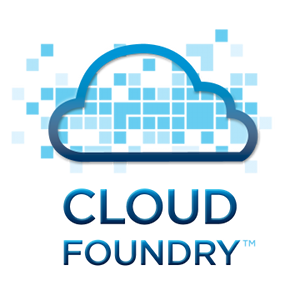A lire sur: http://cloudtimes.org/2012/05/28/iaas-paas-cloudfoundry-microsoft-amazon/?utm_source=feedburner&utm_medium=feed&utm_campaign=Feed%3A+Cloudtimes+%28CloudTimes%29
 After being criticized for locking developers into an ever rising cloud stack, retail giant Amazon has launched
a brand new managed database services that include Elastic Beanstalk
support, which is a boon to the large number of Microsoft-centric
developers out there.
After being criticized for locking developers into an ever rising cloud stack, retail giant Amazon has launched
a brand new managed database services that include Elastic Beanstalk
support, which is a boon to the large number of Microsoft-centric
developers out there.
It was only a few days ago that Amazon announced on their AWS blog that their AWS’ RDS (relational database service) program will include support for Microsoft SQL Server, which expands its capabilities beyond MySQL and Oracle database support.
Customers already have the option of using Windows and SQL Server instances on Amazon EC2, but doing so required DBA expertise, as well as manual management of work loads. The RDS allows devs to have an easier time managing the database service.
With Amazon’s inclusion of .NET to their Elastic Beanstalk PaaS, which bolsters its capabilities beyond PHP and Java, the cloud computing wars between providers are becoming more and more heated and interesting. It was only a couple of days ago that Tier 3 has launched its new PaaS based on CloudFoundry, which also provides support for .NET. Ironically, Microsoft is going the other way around with their recent campaign to get even non-.NET devs to develop applications on their Azure PaaS. VMware is also trying to snatch a little bit of spotlight, by pushing CloudFoundry as the PaaS on top of all major IaaS players.
…and now that Amazon has thrown its hat onto the ring, adding more services to its infrastructure, the distinction between IaaS and PaaS is starting to blur. We may need a scorecard to keep track of things in the near future.
 After being criticized for locking developers into an ever rising cloud stack, retail giant Amazon has launched
a brand new managed database services that include Elastic Beanstalk
support, which is a boon to the large number of Microsoft-centric
developers out there.
After being criticized for locking developers into an ever rising cloud stack, retail giant Amazon has launched
a brand new managed database services that include Elastic Beanstalk
support, which is a boon to the large number of Microsoft-centric
developers out there.It was only a few days ago that Amazon announced on their AWS blog that their AWS’ RDS (relational database service) program will include support for Microsoft SQL Server, which expands its capabilities beyond MySQL and Oracle database support.
Customers already have the option of using Windows and SQL Server instances on Amazon EC2, but doing so required DBA expertise, as well as manual management of work loads. The RDS allows devs to have an easier time managing the database service.
With Amazon’s inclusion of .NET to their Elastic Beanstalk PaaS, which bolsters its capabilities beyond PHP and Java, the cloud computing wars between providers are becoming more and more heated and interesting. It was only a couple of days ago that Tier 3 has launched its new PaaS based on CloudFoundry, which also provides support for .NET. Ironically, Microsoft is going the other way around with their recent campaign to get even non-.NET devs to develop applications on their Azure PaaS. VMware is also trying to snatch a little bit of spotlight, by pushing CloudFoundry as the PaaS on top of all major IaaS players.
…and now that Amazon has thrown its hat onto the ring, adding more services to its infrastructure, the distinction between IaaS and PaaS is starting to blur. We may need a scorecard to keep track of things in the near future.
Aucun commentaire:
Enregistrer un commentaire